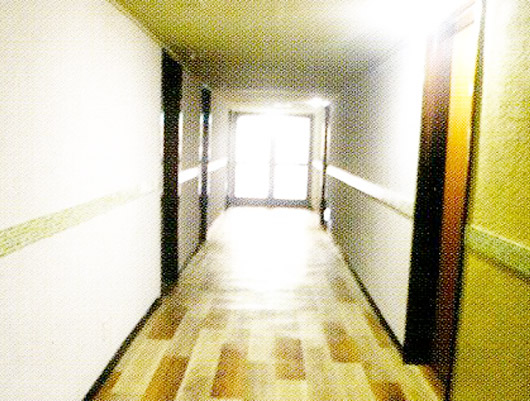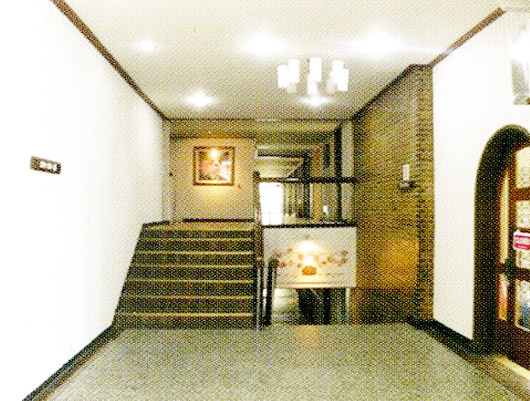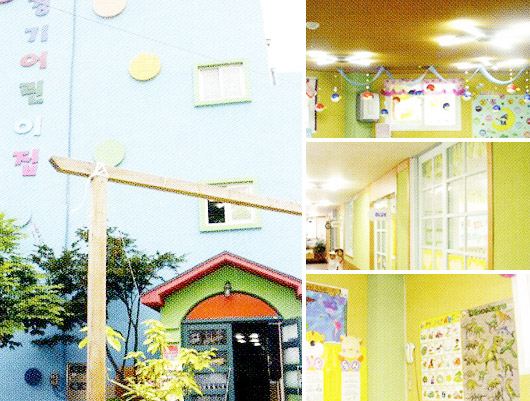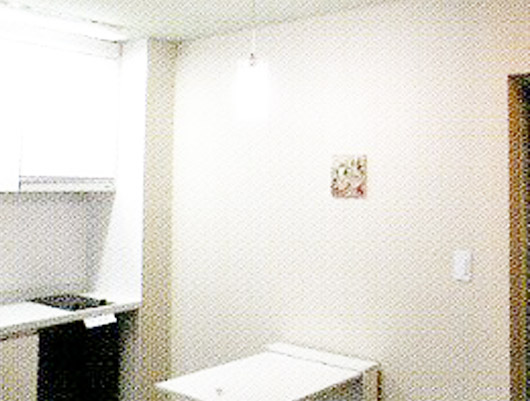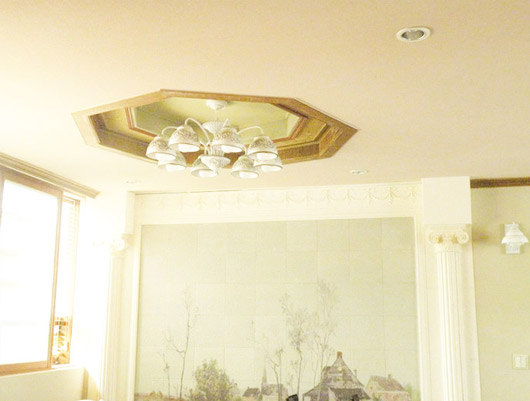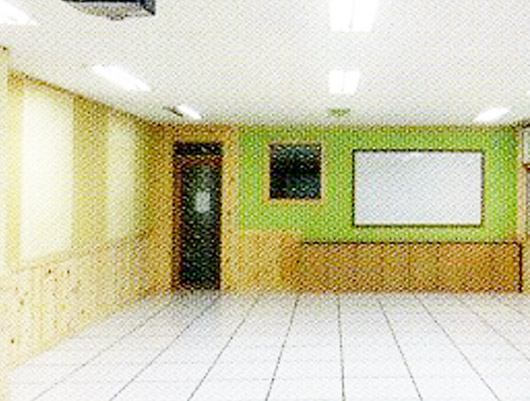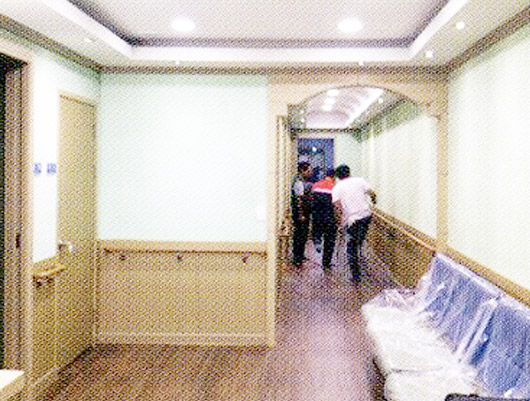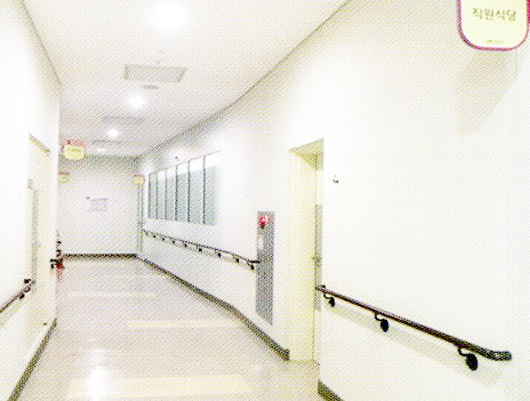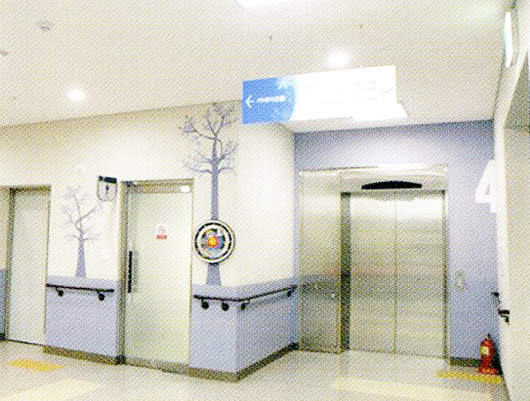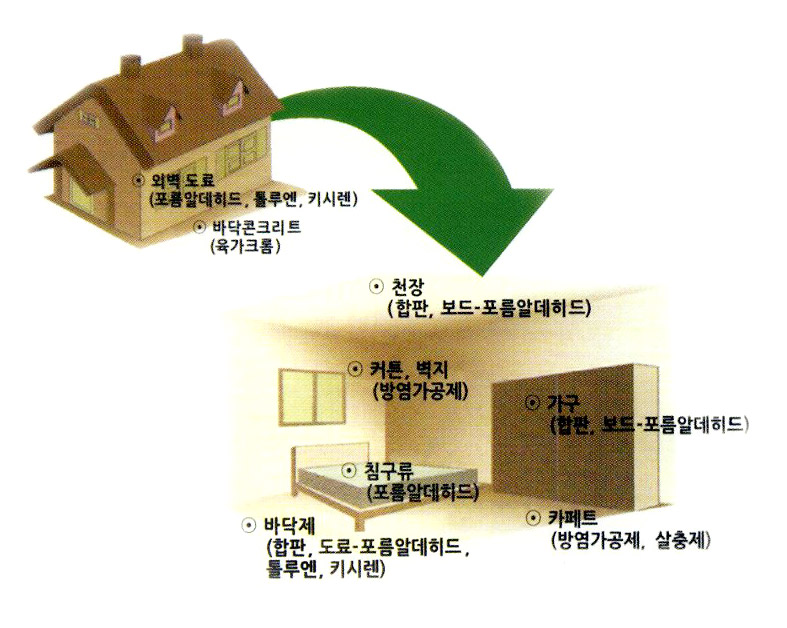Tomaru Wall Coating (volcanic soil)
Transform your house into nature-friendly space with this liquid finishing material known as a substitute for water paint.
Advanced nanotechnology and eco-friendly materials made of clean soil (Interior/exterior finishing materials and interior design)
Tomaru Wall Coating purifies the contaminated indoor air. (Outstanding humidifying effects and dehumidifying effects)
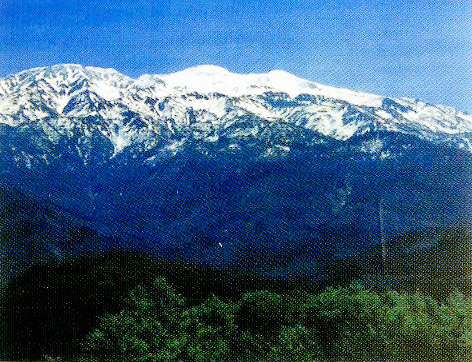
Features of Tomaru Wall Coating (Volcanic Soil)
- Better humidifying effects and outstanding harmful substance removing functions than diatomaceous earth
- A nonflammable interior/exterior material which is a substitute for interior/exterior paints and wallpapers
- Its excellent humidifying effects remove frostiness on the ceilings, walls, and floors.
- Purifies the air by absorbing and decomposing harmful substances and bad smells
- An easily applicable natural finishing material that prevents sick building syndrome
- Used for rainwater purification, sewage treatment, wastewater treatment, etc.
100% eco-friendly functions of Wall Coating (volcanic soil)
100% eco-friendly functional finishing material!
- Prevents sick building syndrome and atopy (Absorbs and decomposes formaldehyde, toluene, and other harmful substances)
- Outstanding dehumidifying effects and moisture-proof effects (Prevents frostiness)
- Deodorization and air purification
- Antibacterial effects and antifungal effects
- Flame-resistant, flame-proof, etc.
The causative agents of sick building syndrome
- The causes of sick building syndrome
- Formaldehyde is known as one of the most common causative agents of sik building syndrome. A newly built house constructed with materials containing formaldehyde emits it to indoor space for several years.
- Harmful organic chemicals emitted by construction materials are the causative agents of sick building syndrome
The Effects of Wall Coating
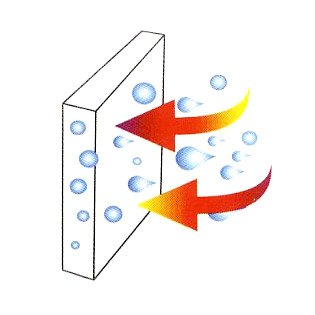
Dehumidifying when the relative humidity is high
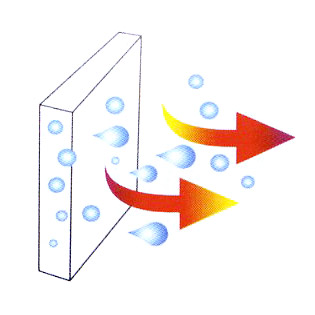
Humidifying when the relative humidity is low


